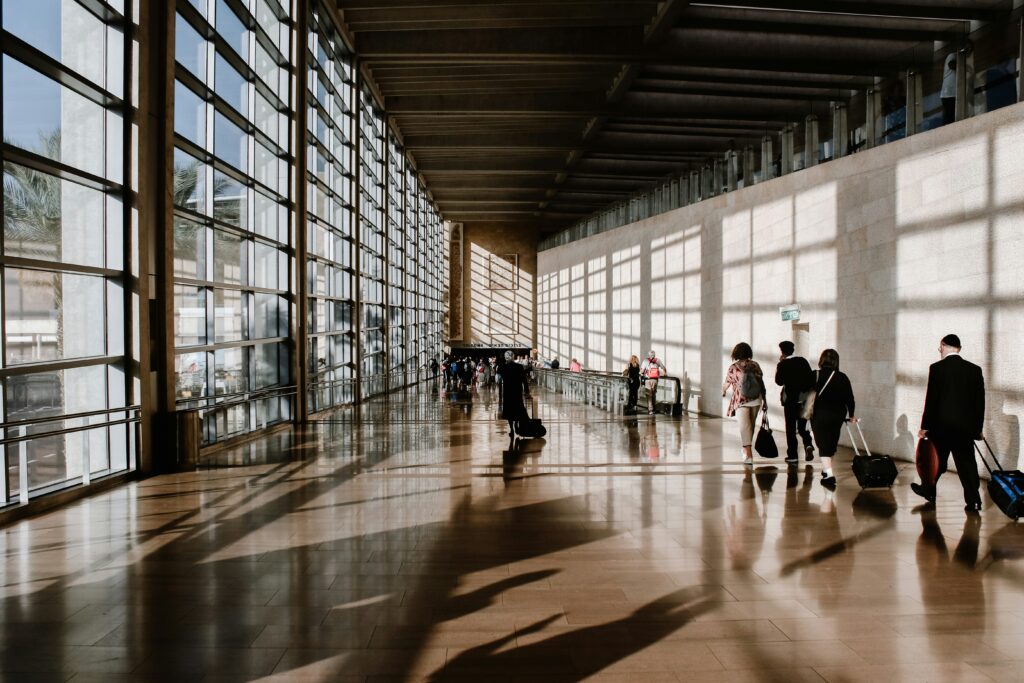
There’s nothing like the anxiety of rushing to a meeting while battling rush hour traffic in a major city. The clock ticks slowly as the cab creeps along, and your stress level rises. I’ve been there. It’s a feeling no business traveler wants to endure. That’s why I put together this guide to help you navigate the chaos and dodge those delays.
Here’s the deal. This post will outline ten proven strategies to help business travelers like you avoid rush hour delays in major cities. We’ll explore smart planning, handy apps, and a few insider tips. Let’s get to it because time is money, especially when you’re on the road.
1. Know Your City’s Traffic Patterns
Every city has a unique rhythm. Some places see rush hour spikes from 7 to 9 AM and then again from 4 to 6 PM. Others might be less predictable.
Research your destination before your trip. Check out local traffic reports. Websites like Google Maps can show historical traffic data. Understanding peak times will help you plan your travels around them.
2. Use Public Transportation
Public transport can save you time and sanity. Major cities often have subway or train systems that zip past traffic jams.
For example, in New York City, the subway can be much faster than any taxi during rush hour. Download your city’s transit app and familiarize yourself with the routes. Trust me, it’s worth it.
3. Opt for Alternative Routes
Sometimes, a detour can save you from a traffic jam. Use GPS apps like Waze that provide real-time traffic data.
These apps can suggest alternate routes to minimize delays. Just make sure to check your route before leaving to avoid surprises.
4. Schedule Meetings Wisely
If you can control your schedule, do it wisely. Try booking meetings around rush hour. Early mornings or late afternoons work better.
This tip not only helps you avoid the gridlock but can also set a pleasant tone for your meeting as everyone is less stressed!
5. Utilize Rideshare Services Smartly
Rideshare apps like Uber or Lyft can ease the hassle of finding parking or hailing a cab. However, they also get caught in traffic. Check your app for estimated arrival times and plan accordingly.
Sometimes, it may be faster to catch a ride ahead of time, or even to share a trip with a colleague going to the same destination.
6. Fly Smart
Let’s talk about the airport. Timing your flight is crucial. Early morning or late evening flights tend to have fewer delays.
If you’re flying into a busy city, consider arriving a day before your meetings. This provides a buffer and lessens the rush.
7. Check Local Events
Knowing what’s happening in town can affect your travel plans. Local events, conventions, or sports games can increase traffic.
Before you head out, check if there’s anything going on. If there is, plan to arrive much earlier to avoid delays.
8. Stay Centralized
Where you stay matters. Booking a hotel close to your meeting locations can save you precious minutes.
Look for places near public transport or business districts. Less travel time means you can avoid the madness.
9. Have a Backup Plan
Even the best-laid plans can go awry. Always have a backup option. Maybe it’s a friend you can call for a ride or a nearby café where you can wait for rush hour to settle.
Being prepared lets you handle surprises without stress. Keep a simple backup plan handy.
10. Be Flexible
Finally, stay flexible. Things change quickly in major cities. Traffic, weather, and other variables can throw a wrench in your plans.
Allow buffer time. If you know you need to be somewhere at 10, aim to leave by 9. This way, you’re prepared for delays.
Wrap-Up
Remember, every little bit helps. Each strategy can save you time and stress, letting you focus on what truly matters—getting the job done.
Safe travels!
Related: Navigating Busy Cities
